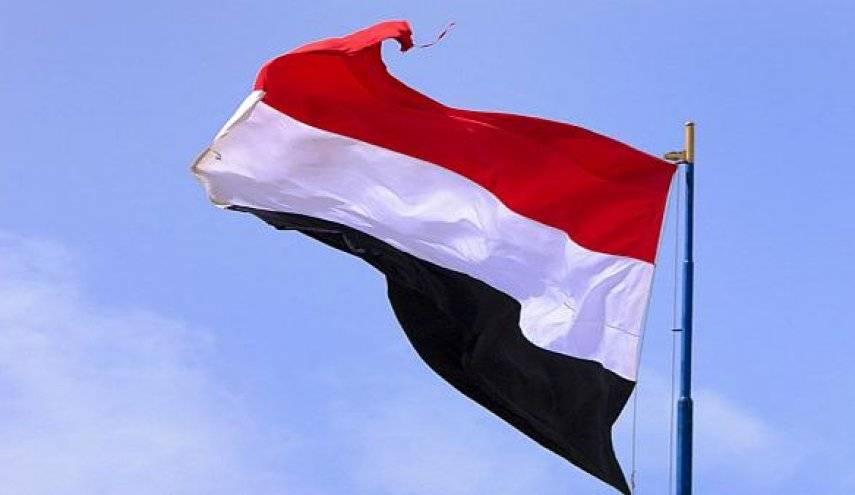1117 Views
Yemen: The Battleground for Arab Supremacy
Yemen is a strategically and geo-strategically vital region in southwestern Asia and the Arabian Peninsula. The country holds a unique position, controlling access to the Indian Ocean and the Bab-el-Mandeb Strait, which significantly enhances its importance. Its proximity to the Suez Canal and possession of oil resources further elevate Yemen's strategic value. This significance has led regional and global powers to compete fiercely for control over parts or the entirety of the country. For the Arab world, Yemen holds special importance because influence over Yemen equates to strategic depth in the region, turning it into a focal point of contention among Arab powers—particularly Saudi Arabia and the UAE, which are actively seeking to expand their influence.
Historically, Saudi Arabia has considered Yemen its backyard, exerting traditional influence over certain areas. This influence is rooted in tribal interactions and close ethnic and cultural ties, especially in the Hadhramaut region. In reality, Saudi Arabia has maintained considerable sway in Hadhramaut—the largest Yemeni province, rich in oil—based on religious and cultural bonds, a shared border of over 600 kilometers, cross-border movement, trade, and national security considerations. Saudi Arabia maintains strong ties with influential local tribes. Following the merger of Saudi and Yemeni branches of Al-Qaeda in 2009 and the formation of Al-Qaeda in the Arabian Peninsula (AQAP), which captured the coastal city of Mukalla in April 2015, Riyadh strengthened its security presence in Hadhramaut. The kingdom views Hadhramaut as a gateway to the Arabian Sea, enabling diversification of trade routes and energy exports, while reducing dependence on the Strait of Hormuz. The region also offers strategic depth for Saudi Arabia to extend its influence into the Indian Ocean.
Meanwhile, the UAE has not remained idle. Abu Dhabi seeks to expand its soft power in the Arab world and the region. To achieve this, it attempts to deploy proxy forces in strategic areas, leveraging them as political tools to advance various objectives. Accordingly, the UAE has become active in Yemen, supporting southern Yemeni paramilitary groups such as the Southern Transitional Council. Additionally, the UAE has taken on roles in counterterrorism and stabilization in Mukalla, challenging Saudi influence in these areas. One year after the city was captured by Al-Qaeda, the UAE established the Hadhrami Elite Forces (HEF) to eliminate the group’s presence in the region. Since then, the UAE has expanded its influence along the Arabian Sea coast—a territory Saudi Arabia considers part of its national security zone. This marked the beginning of a confrontation between the two countries, which had previously been brought closer by the Arab Spring.
The conflicting interests of Saudi Arabia and the UAE have intensified tensions and clashes at various levels. To reduce Emirati influence and maintain its own sway in Yemen, Saudi Arabia has resorted to multiple political and strategic measures. These include supporting the formation of the Hadhramaut National Council in 2023, strengthening pro-Saudi paramilitary forces, and expanding relations with influential local tribes and leaders.
Both nations appear acutely aware of the risks of escalating tensions in the region. The UAE understands that it cannot fully compete with Saudi Arabia, particularly if Riyadh commits its full geopolitical weight to the confrontation. Therefore, both sides aim to resolve disputes through dialogue and diplomacy.
Ultimately, the competition between the two powers in Yemen reflects a long-term strategy to expand their spheres of influence and emerge as key players in regional and international affairs. However, it is crucial to note that major Western and Eastern powers are unlikely to accept a strong Yemen dominated entirely by a single country. For them, a fragmented Yemen represents the optimal balance of power globally. This approach has hindered serious national dialogue and the establishment of a unified, powerful Yemeni state. Only future shifts in global dynamics and strategic interests may push these powers toward accepting a united Yemen—a scenario that is not currently on their agenda.
Translated by Ashraf Hemmati from the original Persian article written by Amin Mahdavi
UAE vs. Saudi Arabia: The New Battlefront in South Yemen
Saudi-Emirati Divergences Lead Hadhramawt to a Crossroad | Carnegie Endowment for International Peace

Comment
Post a comment for this article